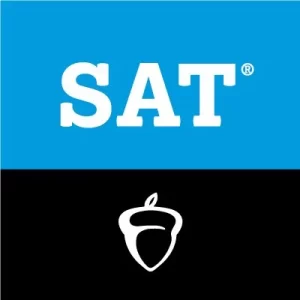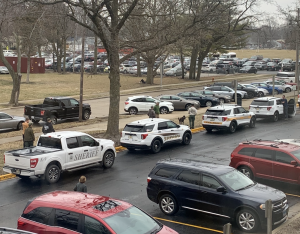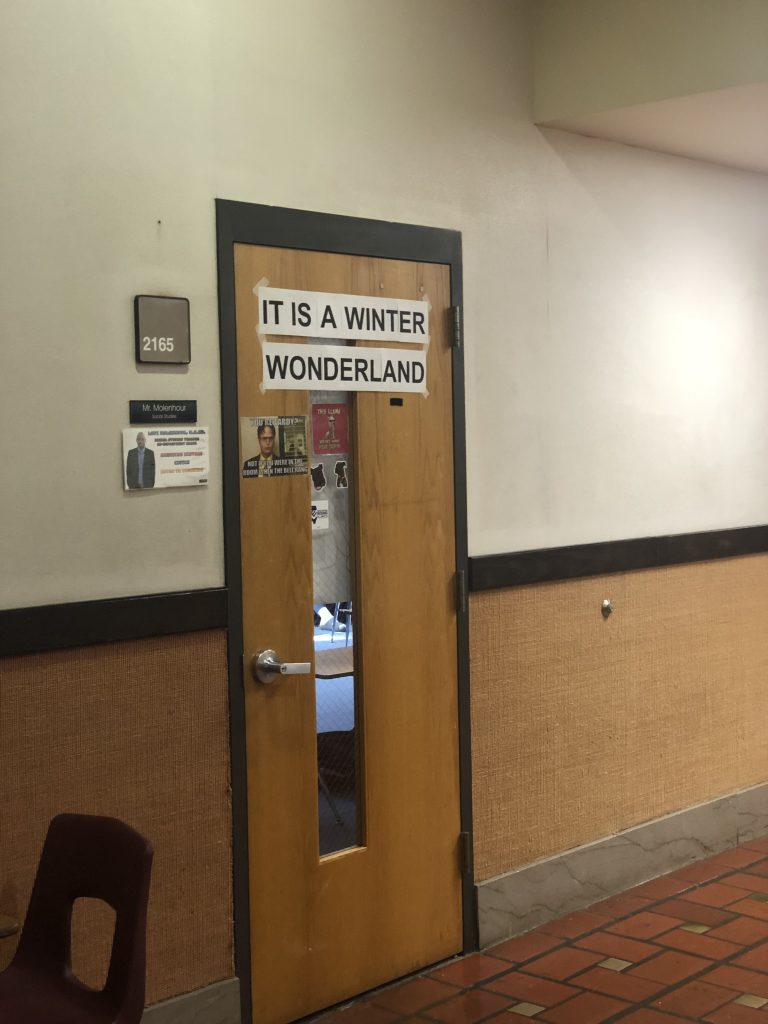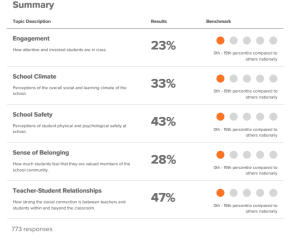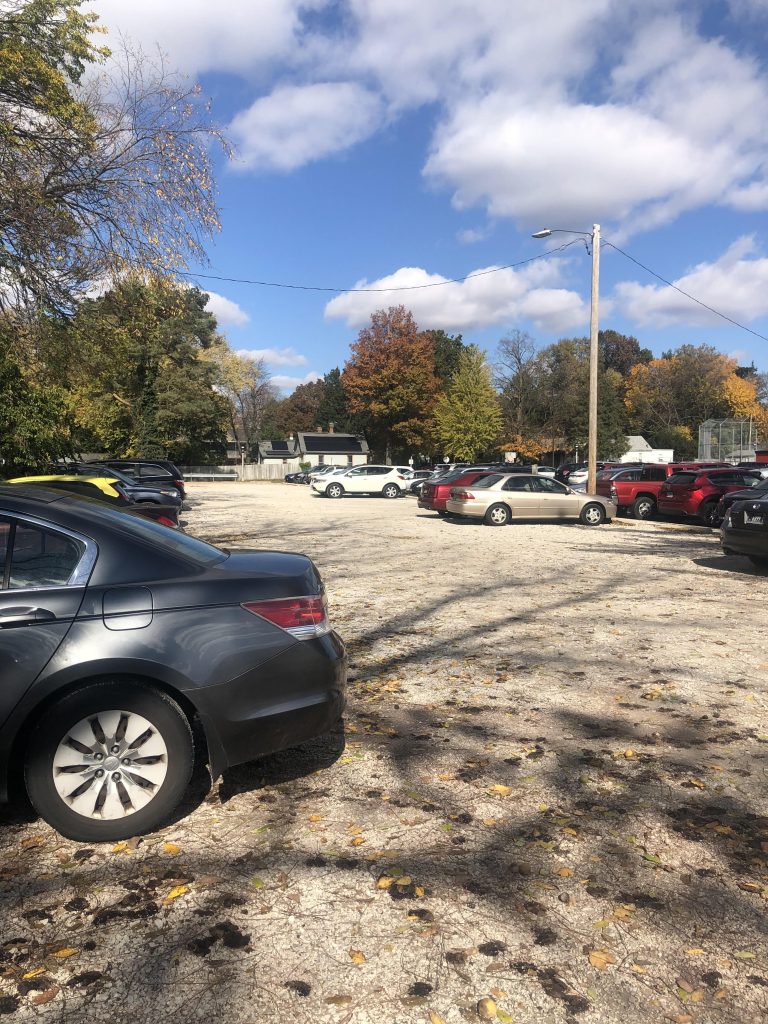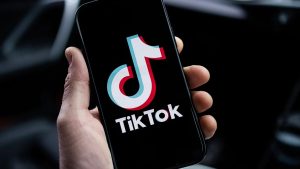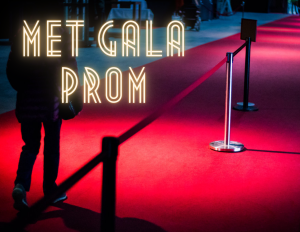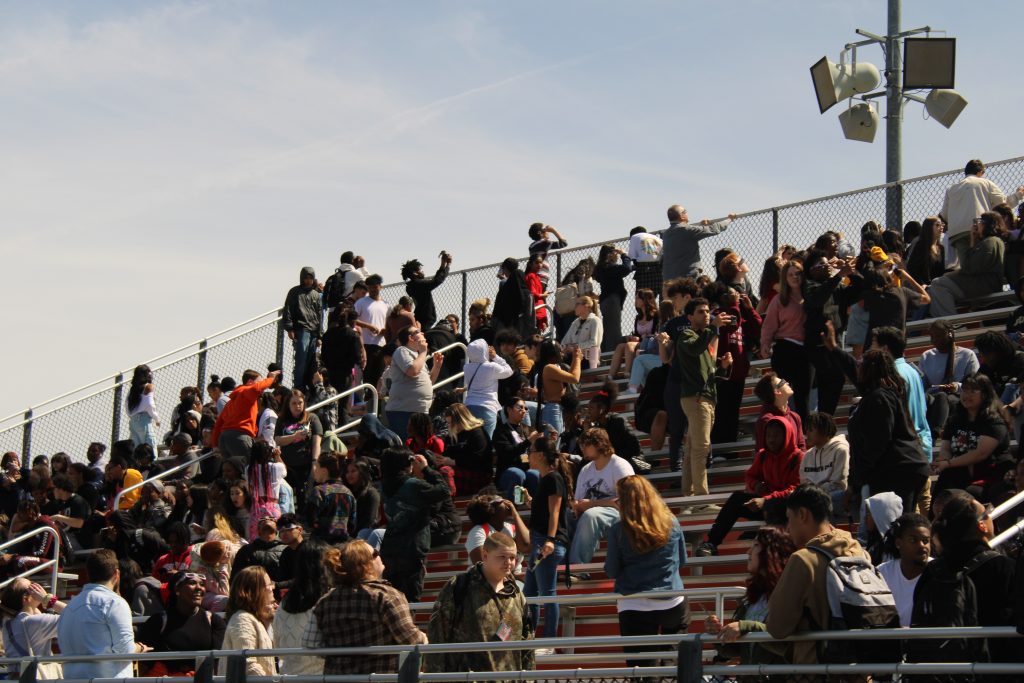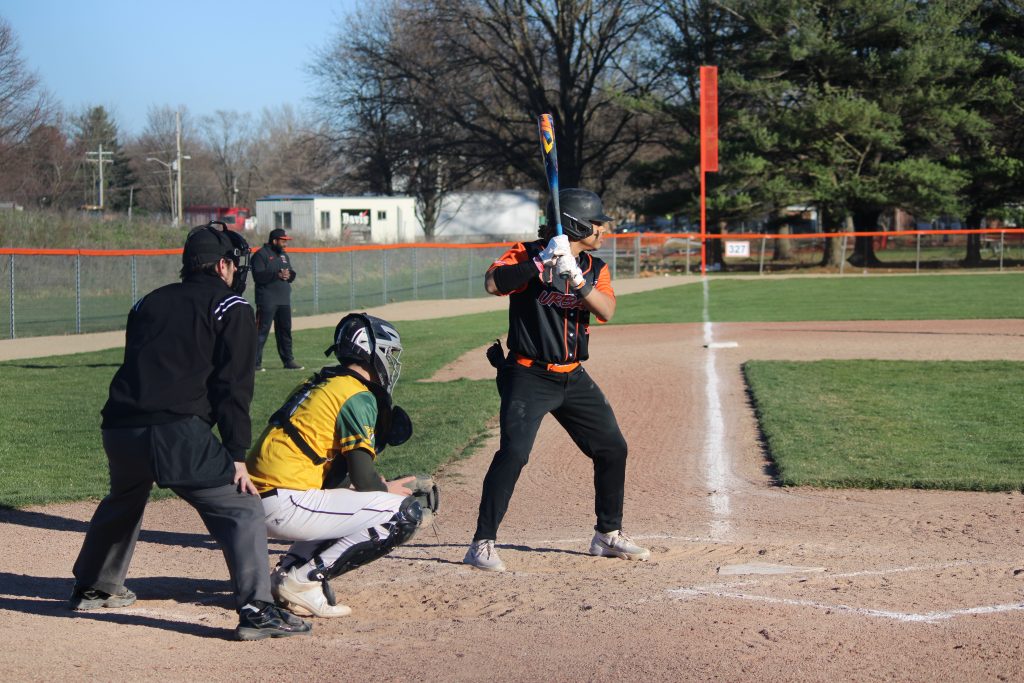Occupy Movement Continues
“Their main goals seem to be better jobs, redistribution of money from the wealthiest to the poorest, and for banking overhaul to include no bailouts,” Middleton, New York Police Sargent Ronald Fendt said.
Support for Occupy Wall Street stretches across the globe. A “hacktivist” group, known as Anonymous, told it’s followers to support Occupy Wall Street in late August. Anonymous is now one of hundreds of organizations supporting Occupy Wall Street.
One of Occupy Wall Street’s most creative protests is known as the “Corporate Zombie March”. During this protest, supporters wore zombie costumes and walked with fake dollar bills past Wall Street.
“[Dressing up as a zombie] would be fun, … but I wouldn’t nessisarly do it to prove a point,” Senior Megan Miller said.
Representing the movement’s power of numbers, approximately 1,000 people attended Occupy Wall Street’s first day of protesting. Continuing the support from the first day of protesting, Occupy Wall Street continued to have protests with support from approximately 1,000 to 5,000 people on an average day. Keith Olbermann was one of the first journalists to cover Occupy Wall Street, causing awareness of the protest to spread across the globe.
As word of Occupy Wall Street spread, supporter across the globe started their own local protests. Some protests, such as a protest in Oregon, reached up to 5,000 people in one protest. Occupy Wall Street’s message also spread to Champaign-Urbana, Illinois. Occupy Champaign-Urbana has organized one march and occupies a street corner most weekends.
“I’ve heard of [Occupy Wall Street], but I don’t know anything about it,” Miller said, “I’ve wondered about [the Occupy Wall Street Protest].”
Violence:
Although a majority of protests have positive relationships with authority, some protests have led to violence.
“As of today, the Albany protest has been non-violent. There have been arrests for trespassing on the State Park next to where [protesters in Albany] are set up, but there has been very little and light violence,” Fendt said.
Around 200 protesters stormed barricades preventing them from entering Wall Street on October 5. Police responded to the protesters with pepper spray and by trapping them with orange netting. Other protests have been stopped with pepper spray and other police tools causing an uproar of disapproval for some police officer’s methods. A video showing a women being maced by a police officer, later revealed as Anthony Bologna, sparked the beginning of the uproar of disapproval.
The Process:
Occupy Wall Street has a elaborate system of communicated with each other. The process is called consensus. All decisions made in general assemblies of protesters. Everyone has an opportunity to speak. Protesters who wish to speak add themselves to a list referred to as “stack”, and they will eventually have a turn to speak.
“[The process] could be kind of a peer pressure thing because people would want to agree with each other, … especially the more well known [protesters],” Miller said.
Sometimes protesters break into groups to come discus issues on a smaller scale before going to general assembly. Everyone sees how decisions are made and why the decisions are made, so they are more accepting of the final decision.
“I think if [Occupy Wall Street] is going to do something, … they should be more organized,” Junior Jared Broom said.
Technology is expensive and most protests cannot afford microphones or megaphones, so the protests use a system called the “human microphone”. The system starts when the speaker says a few words and they are repeated by those within hearing range all at once, amplifying the sound.
A elaborate system of hand signals shows the current speaker what everyone else thinks:
– hands up = agree
– hands down = disagree
– hands middle = unsure of opinion
– triangle with fingers = off topic
– “L” with fingers = please speak louder
– “C” with fingers = have a questions of clarification to ask
– one finger pointing up = means you have information to share
– “X” with arms = greatly and may leave the movement
-Creating a “X” with arms is a very serious symbol that should hardly ever be used in a protest. One could compare making an “X” with arms to a president vetoing a law. The action is not simply disagreeing, it is taking a strong stance on a subject.
“[Consensus] is a great way to show the power of democracy,” Broom said, “Whether or not I agree with [Occupy Wall Street protesters].”
Occupy Wall Street is a movement that has spread across the globe with many supporters and critics. Although the protests are widespread, they often do not result in violence. Using the concensus process sets Occupy Wall Street apart from most other protests in history.
“There is nothing similar to Occupy Wall Street at this point,” Fendt said.

